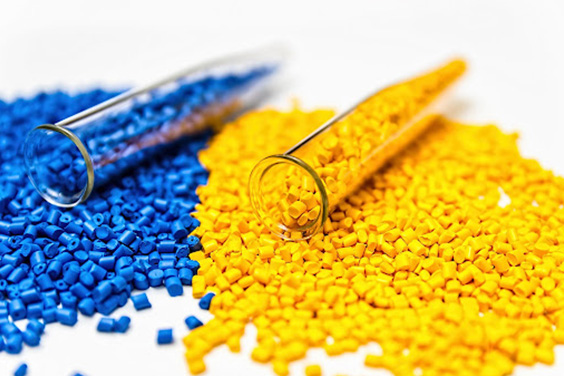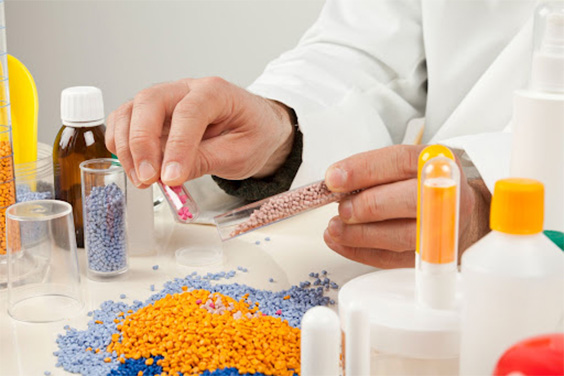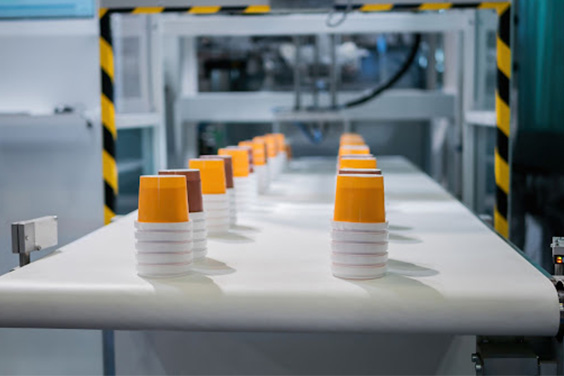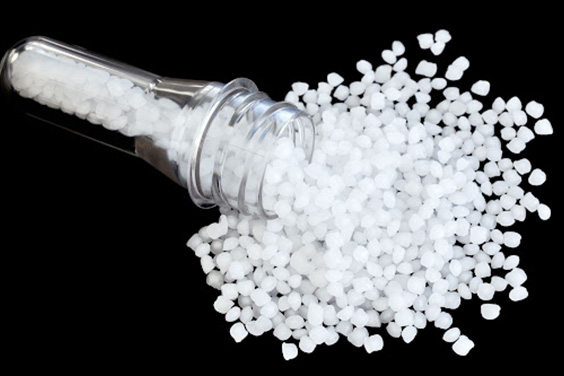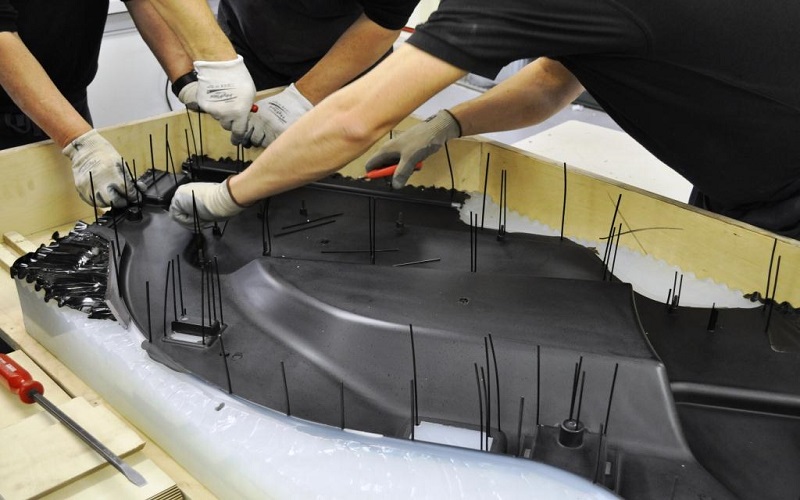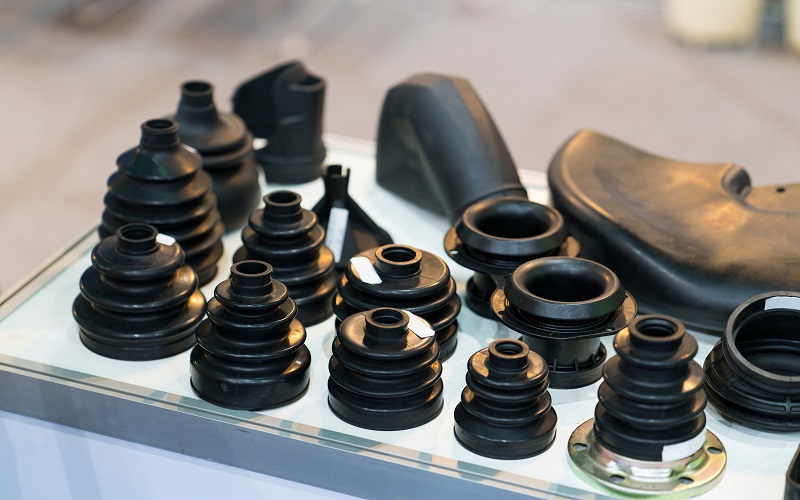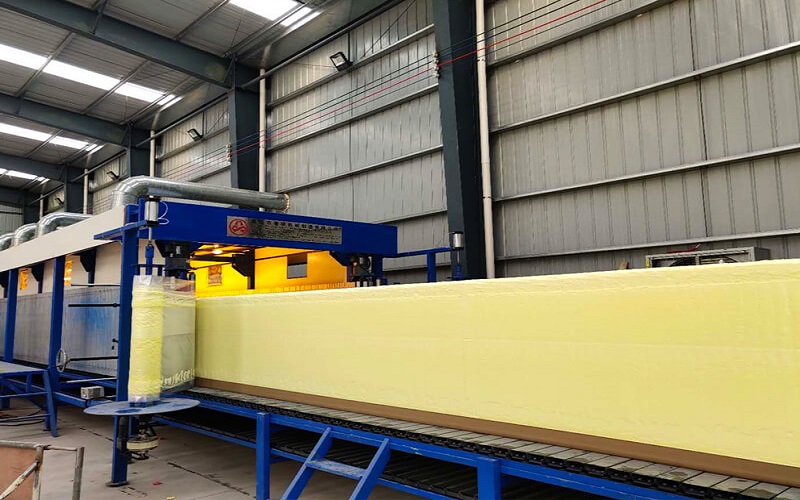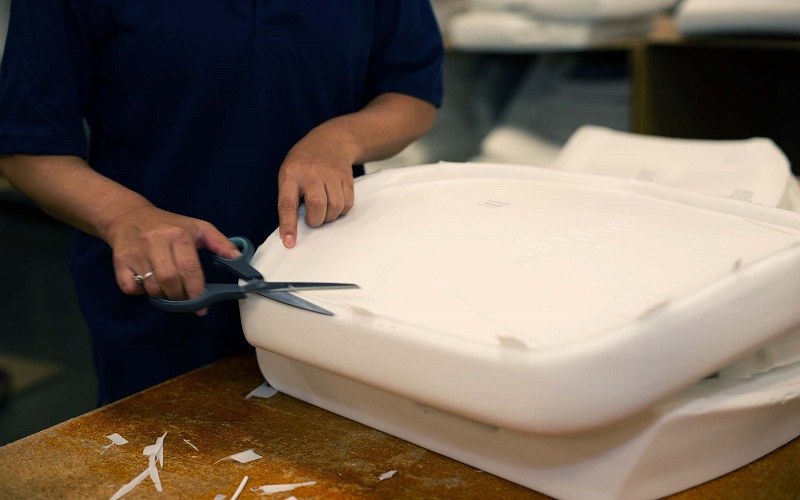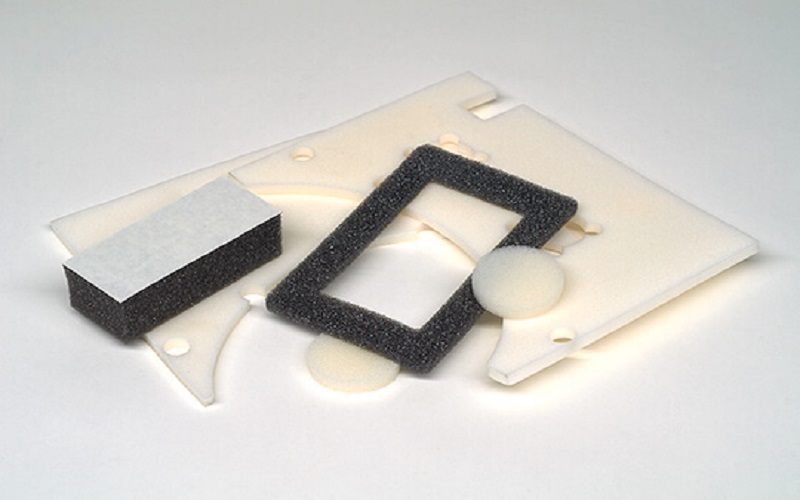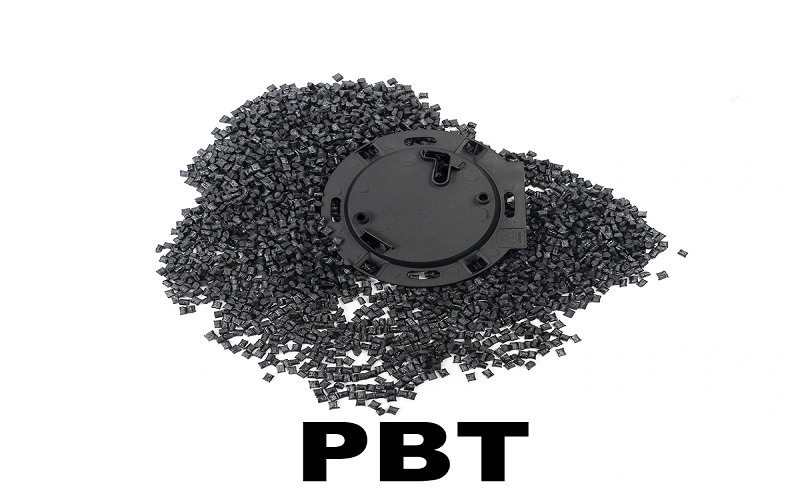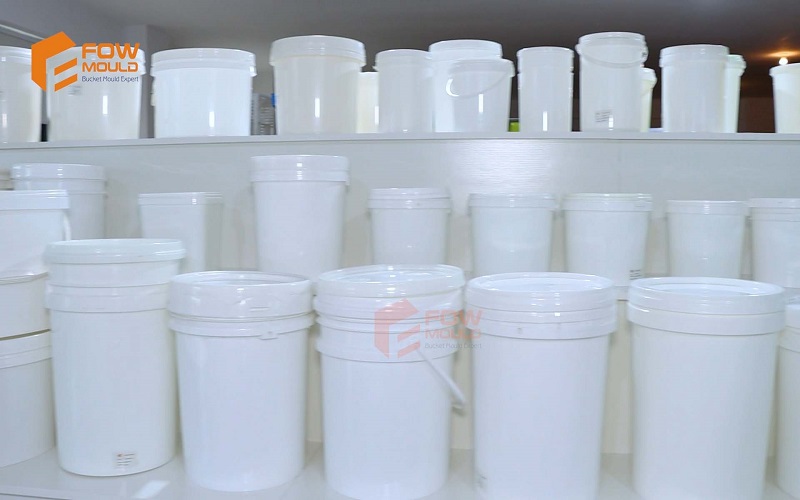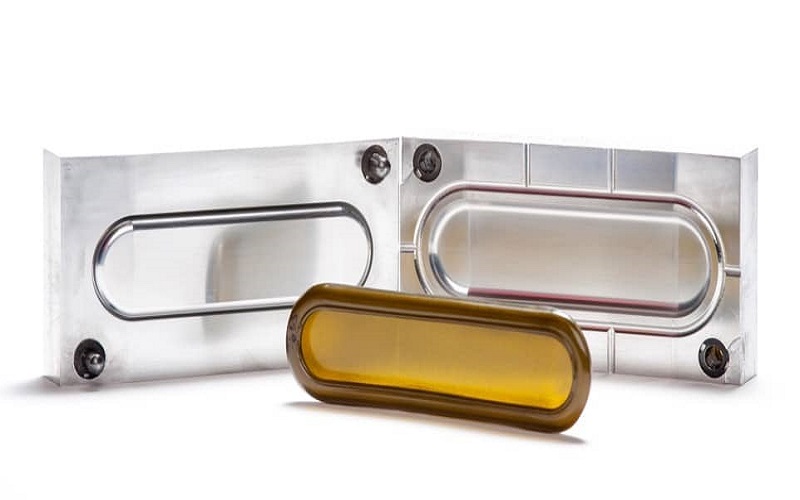
Polypropylene (PP) Injection Molding
- Home
- > Blog
Share :
Share :
Polypropylene is a plastic polymer known for its sturdy consistency. Businesses around the world use this material for manufacturing storage containers such as water bottles and plastic boxes. The material is useful in manufacturing plastic storage containers, kitchenware, piping systems, medical components, outdoor furniture, plastic bucket mold, plastic toy mold, luggage, and even insulation systems.
The reason behind its popularity is its durable yet flexible texture which gives any material made out of it strong resistance to fatigue and chemical corrosion. It is a very useful injection molding material typically available in the form of pellets for this purpose.
What is Polypropylene?
Polypropylene, abbreviated as PP, is a polymer made from propylene through the polymerization reaction. It is a thermoplastic synthetic resin with excellent performance, and is a colorless, semi-transparent thermoplastic lightweight general-purpose plastic.
It is a colorless, semi-transparent thermoplastic lightweight general-purpose plastic. Polypropylene pellets are generally melted and injection-molded, and are widely used in plastic products, packaging, and automotive parts.
The chemical formula of pp is (C3H6)n, the density is 0.89~0.91g/cm3, flammable, melting point is 164~170℃, soften around 155℃, the use of temperature range of -30~140℃.
It is resistant to corrosion by acid, alkali, salt liquid and many kinds of organic solvents below 80℃, and can be decomposed under high temperature and oxidation.
What is Polypropylene Injection Molding?
PP injection molding is a thermoplastic addition polymer manufactured by combining several propylene monomers. It features an extensive range of applications such as containers of consumer products and molded plastic products for automotive industries who need auto molds. Since its surface is slippery, it can replace plastics like polyacetal (POM) in some low-friction applications.
Though PP is slippery at the molecular level, it has a relatively high friction coefficient and acts as a contact point for furniture. As a result, POM, PTFE, or Nylon are perfect for this purpose.
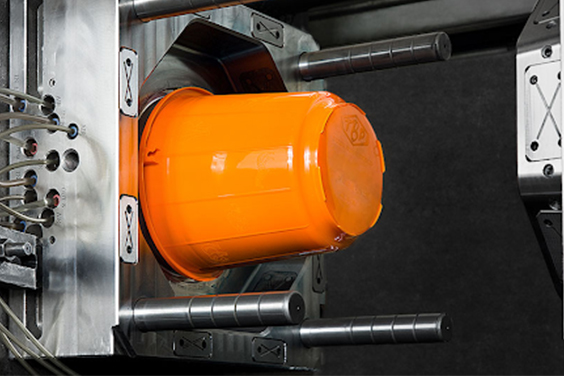
Advantages of Using PP Injection Molding
Some of the most common benefits of using PP injection molding are:
- Polypropylene is readily available and affordable.
- It is resistant to moisture, fatigue, and impact.
- PP has a relatively slippery surface which comes in handy many times.
- Polypropylene is the perfect electrical insulator.
- It is chemically resistant to a wide range of acids and bases.
- It possesses a high flexural strength due to its semi-crystalline property.
- PP can be formulated into a living hinge that can bend without breaking even under extreme motion (360 degrees).
- It can be easily copolymerized with other polymers like polyethylene to make robust engineering applications.
But with advantages come disadvantages as well. Due to the slippery surface of the PP injection mold design, it cannot adhere to the surface of other materials. During times when it is required to form a joint, PP needs welding. This property makes it a substitute for plastics such as Acetal (POM) in low friction applications like gears or as a contact point for furniture.
Disadvantages of Using PP Injection Molding
Some of the most common drawbacks of using PP injection mould design are
- Polypropylene is susceptible to UV degradation.
- PP is highly inflammable.
- It is susceptible to oxidation.
- It is difficult to paint due to its poor bonding properties.
- PP has poor resistance to all chlorinated solvents and aromatics.
- It has a high thermal expansion coefficient which curbs its high-temperature applications.
Despite its weaknesses, PP is still the perfect injection molding material because it has some unique qualities you cannot find in any other material. All these advantages make PP an ideal choice for an extensive range of application projects.
Common Uses of Polypropylene Plastic (PP)
PP is used extensively in household and industrial applications because of its unique properties and ability to adapt to various fabrication techniques. It can function both as a molded plastic furniture and as fiber. One can manufacture it through different methods for various applications.
- It is used in both industrial and household piping because of its high strength.
- Due to its resistance to shattering and various chemicals, PP is well-suited for making laboratory applications such as breakers and test tubes.
- It is used in making reusable plastic pallets as they have a longer life and high strength.
Compared to other plastics, Polypropylene has a relatively lower density. It results in weight reductions for the producers and sellers of injection-molded products. Because of these reasons, PP can manufacture several applications such as food trays, cups, plates, and toys.
Properties of Polypropylene Plastic (PP)
Some of the most significant characteristics of PP injection molding are:
- Chemical Resistance
As diluted bases and acids don’t react readily with polypropylene, it is the first choice of the manufacturers in making liquid containers. The material can manufacture the packaging containers of first-aid products, cleaning agents, warehouse plastic box mould, etc.
PP injection molding material is strongly resistant to moisture and chemicals like acids, alkalis, and solvents. But it does not offer resistance to aromatic and chlorinated hydrocarbons. And under high temperatures, its oxidation resistance is not as strong as that of PE plastic.
- Fatigue Resistance
Polypropylene can retain its shape even after a lot of torsions, bending, and flexing. It makes for an ideal choice in making living hinges. It is not prone to stress cracking and can adjust by adding mineral fillers, glass fibers, or thermoplastic rubbers. Moreover, its flow rate ranges between 1-40 which offers better resistance to impact but lower tensile strength.
- Insulation
Since polypropylene has high resistance to electricity, it is useful in electrical appliances like automotive plastic components. Because of its ordered molecular structure, PP is semi-crystalline. It results in PP’s stiffer and higher melting temperature compared to PE.
- Transmissivity
Polypropylene can be produced in both transparent as well as opaque forms. It is useful in applications where the transfer of light is vital or where it contributes to aesthetic value. If high transmissivity is required, plastics such as acrylic and polycarbonate are preferred.
- Elasticity & Toughness
Polypropylene is known for its sturdy yet elastic consistency. It acts with elasticity over a range of deflection but also experiences deformation early in the process. This property makes it a durable material which implies that it can deform without breaking.
Conditions of PP Injection Molding Process
Polypropylene is typically used by mold makers in refrigerators, housing appliances, hairdryers, lawnmowers, blenders, and automotive appliances (glove compartment doors, interior trim panels, mirror housing, etc), typewriters, etc. For processing it, drying is required for a minimum of 2 hours between 80-90 degrees Celsius and the moisture content should be less than 0.1%.
Here are some important conditions to keep in mind when processing PP injection molding:
DRY | Unnecessary when properly stored. |
MELTING POINT | 220-280 degrees Celsius or 428-536 degrees Fahrenheit. |
MOLD TEMPERATURE | 20-80 degrees Celsius or 68-176 degrees Fahrenheit. |
HEAT DEFLECTION TEMPERATURE (HDT) | 100 degrees Celsius (212 Fahrenheit) at 0.46 MPa (66PSI) |
INJECTION MOLD TEMPERATURE | 32-66 degrees Celsius or 90-150 degrees Fahrenheit |
TENSILE STRENGTH | 32 MPa (4700 PSI) |
FLEXURAL STRENGTH | 41 MPa (6000 PSI) |
SPECIFIC GRAVITY | 0.91 |
PLASTIC INJECTION MOLDING PRESSURE | As high as 180 MPa |
SHRINK RATE | 1.5-2.0% (.015-.02 in/in) |
For custom plastic 3D printing, a fast speed is adopted. It keeps the internal stress at a minimum level. In the case of surface defects, a slower speed is preferred at higher temperatures. That is why machines providing profiled speed are used.
When it comes to cold runner molds, the most widely used diameters lie between 4-7 mm and the application of full round sprues and runners. The diameters of a pin gate are set between 0.7-1.5 mm. The depth of edge gating is kept no lower than half of the thickness of the wall.
Table of Contents
Conclusion
If combined with other materials such as rubber, polypropylene can create an even stronger co-polymer. It is a customizable plastic used for manufacturing food containers since it does not contain BPA (Bisphenol A), a synthetic compound unsafe for human consumption. With so many versatile applications, PP is well-suited to a broad range of product types including furniture molding, ropes, tape, carpets, camping equipment, twine, upholstery, and so on.
There are several reasons why polypropylene injection molding is popular as the most efficient form of molding. It is ideal for the consistent and affordable production of a wide range of high-quality plastic components that can withstand any environment.

